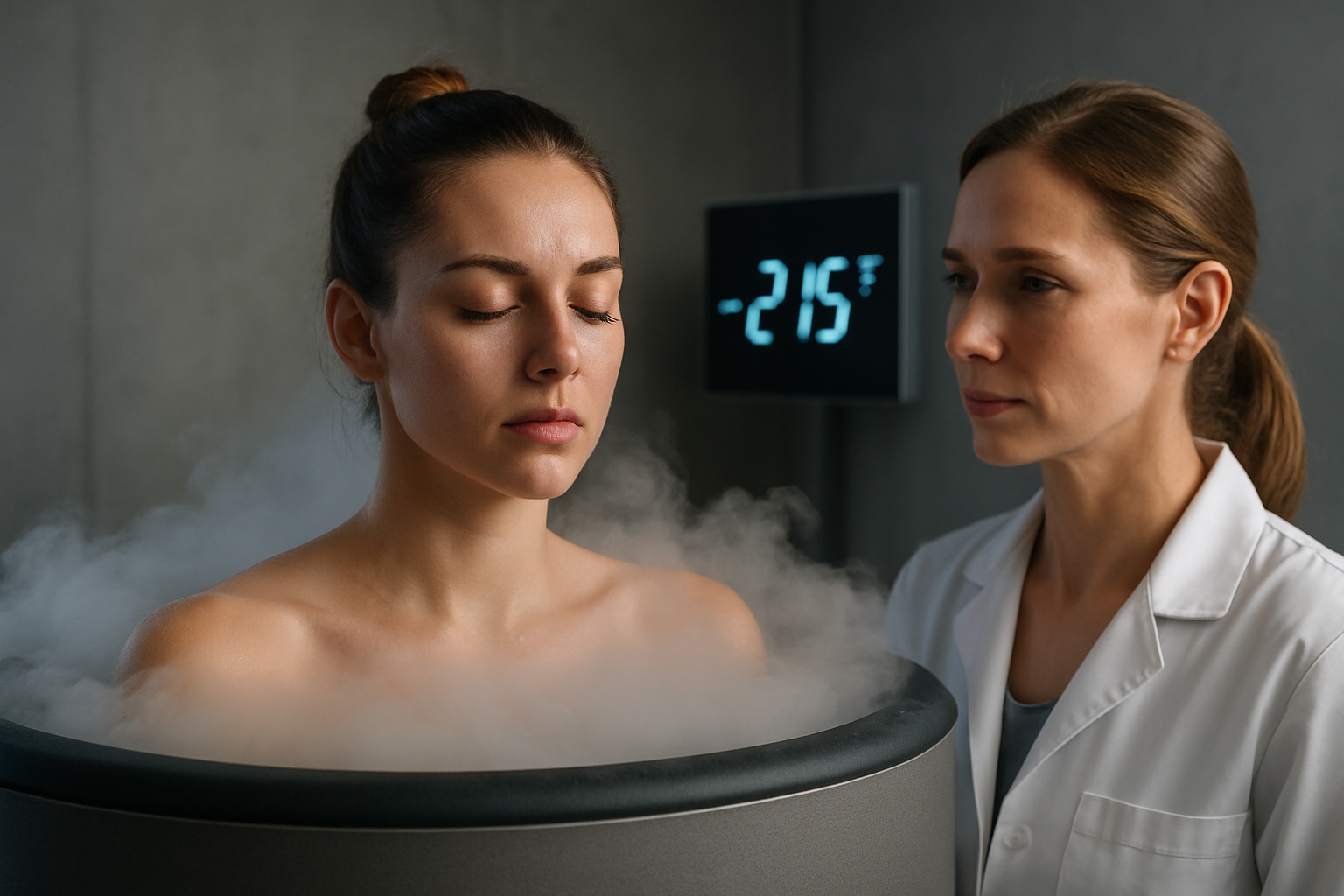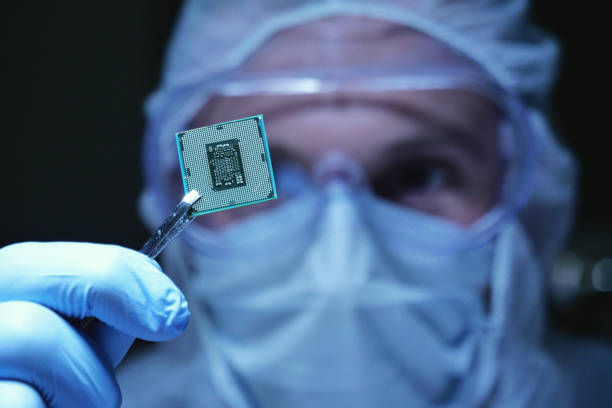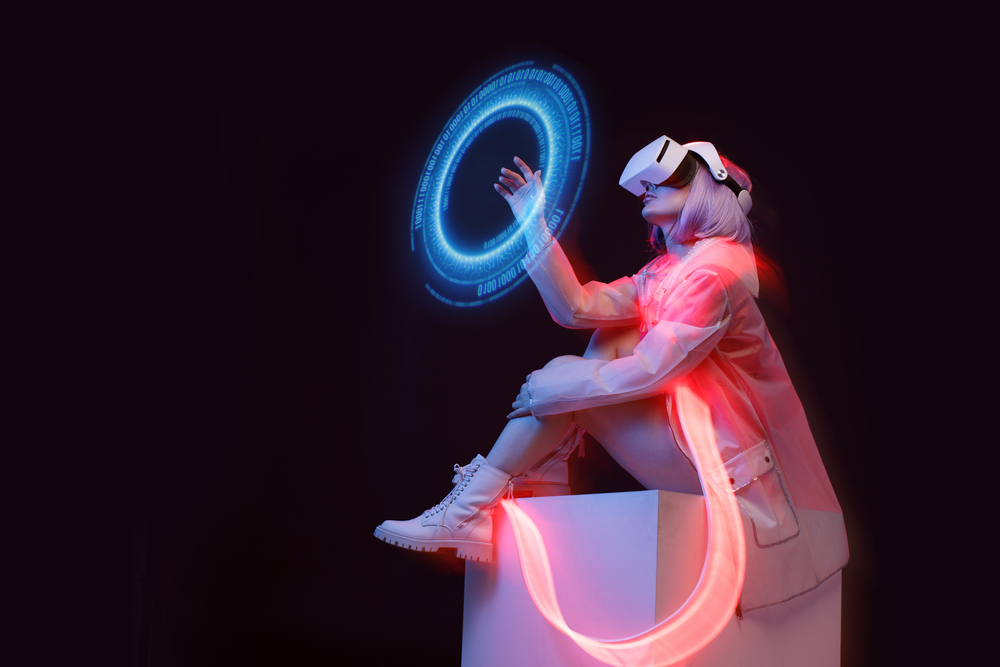Cryotherapy: The Cold Truth About Beauty's Coolest Trend
Imagine stepping into a chamber so cold it makes the Arctic seem tropical. Your breath crystallizes instantly, and your skin tingles with an icy embrace. This isn't a scene from a sci-fi movie, but rather the latest craze sweeping the beauty and wellness world: cryotherapy. As temperatures plummet to a bone-chilling -200°F, devotees claim a myriad of benefits, from reduced inflammation to enhanced athletic performance. But what's the real story behind this frosty phenomenon? Is it truly the fountain of youth or just another fleeting fad? Let's dive into the icy depths of cryotherapy and uncover the cold, hard facts.

The theory behind cryotherapy is that extreme cold triggers the body’s natural healing mechanisms. As blood rushes to protect vital organs, it’s believed to flush out toxins and inflammatory substances. When you step out, oxygenated blood flows back to the extremities, potentially bringing a host of benefits with it.
From Sports Medicine to Spa Staple
Cryotherapy’s journey from medical treatment to beauty trend is a fascinating one. Its roots trace back to Japan in the 1970s, where it was developed to treat rheumatoid arthritis. Dr. Toshima Yamauchi, a Japanese rheumatologist, found that rapid short-term freezing of the skin’s surface decreased joint pain and soreness in his patients.
The practice gained traction in Europe in the 1980s, particularly among athletes looking to speed up recovery and enhance performance. It wasn’t until the mid-2000s that cryotherapy began to capture the attention of the wellness and beauty industries in the United States. Suddenly, cryochambers were popping up in high-end spas and wellness centers, touted as the latest miracle cure for everything from aging skin to chronic pain.
The Chill Factor: Claimed Benefits of Cryotherapy
Proponents of cryotherapy claim a wide array of benefits, some more scientifically supported than others. Here’s a breakdown of the most common claims:
-
Reduced inflammation and pain: This is one of the most well-supported benefits, particularly for athletes and those with chronic pain conditions.
-
Improved skin tone and reduced signs of aging: The extreme cold is said to boost collagen production and tighten skin.
-
Enhanced athletic performance and recovery: Many athletes swear by cryotherapy for reducing muscle soreness and improving recovery time.
-
Weight loss: Some claim that the body’s response to extreme cold burns extra calories, though this is less substantiated.
-
Mood enhancement: The release of endorphins post-treatment is said to improve mood and even help with anxiety and depression.
-
Boosted immune system: Exposure to cold is thought to stimulate the immune response, potentially helping ward off illness.
The Science Behind the Chill
While anecdotal evidence abounds, scientific research on cryotherapy is still catching up to its popularity. Some studies have shown promising results, particularly in the areas of pain management and athletic recovery. A 2018 review published in the International Journal of Sports Medicine found that cryotherapy can be effective in reducing muscle pain and improving recovery after exercise.
However, when it comes to beauty and anti-aging claims, the evidence is less clear. A 2017 study in the Journal of Cosmetic Dermatology found that cryotherapy may have some benefits for skin appearance, but more research is needed to confirm long-term effects.
It’s important to note that much of the existing research has been conducted on small sample sizes or lacks long-term follow-up. More comprehensive studies are needed to fully understand the effects and potential risks of cryotherapy.
Chilling Concerns: Risks and Controversies
As with any trendy treatment, cryotherapy comes with its share of risks and controversies. The most immediate concern is the risk of frostbite or cold burns if the treatment is not administered properly. There have been reports of injuries and even one fatality linked to improper use of cryotherapy chambers.
The FDA has not approved whole-body cryotherapy devices for medical treatment, stating that there’s a lack of evidence about their safety or effectiveness. Critics argue that the benefits of cryotherapy can be achieved through less extreme and less expensive means, such as traditional ice baths or cold packs.
There’s also the question of accessibility and cost. A single cryotherapy session can cost anywhere from $60 to $100, making it a luxury that’s out of reach for many. This raises concerns about health and beauty trends widening the gap between those who can afford cutting-edge treatments and those who cannot.
The Future of Freeze: Where Is Cryotherapy Headed?
Despite the controversies, the popularity of cryotherapy shows no signs of slowing down. The global cryotherapy market is projected to reach $6.7 billion by 2026, according to a report by Grand View Research. This growth is driven by increasing adoption in sports medicine, pain management, and the wellness industry.
Innovations in the field are also emerging. Localized cryotherapy treatments, which target specific areas of the body, are becoming more common. These treatments are often more affordable and accessible than whole-body cryotherapy.
There’s also growing interest in combining cryotherapy with other wellness treatments. Some spas now offer “contrast therapy,” alternating between extreme cold and heat, claiming enhanced benefits.
As research continues, we may see more targeted applications of cryotherapy in both medical and cosmetic fields. For instance, some researchers are exploring its potential in cancer treatment, using extreme cold to destroy cancer cells.
In the beauty world, cryofacials—a localized application of cold therapy to the face—are gaining popularity as a less intense alternative to whole-body treatments. These treatments claim to tighten pores, reduce puffiness, and give the skin a youthful glow.
As with any emerging trend, it’s crucial to approach cryotherapy with a balanced perspective. While it shows promise in certain areas, particularly pain management and athletic recovery, many of its purported benefits require further scientific validation. As research progresses and technology evolves, we may gain a clearer picture of where cryotherapy truly shines and where its limitations lie.
For now, those curious about cryotherapy should proceed with caution, consult with healthcare professionals, and consider their individual health needs and risk factors. After all, when it comes to your health and beauty regimen, it’s important to separate the truly transformative from the merely trendy. In the case of cryotherapy, only time—and more research—will tell if this cool trend has the staying power to become a staple in the world of wellness and beauty.




